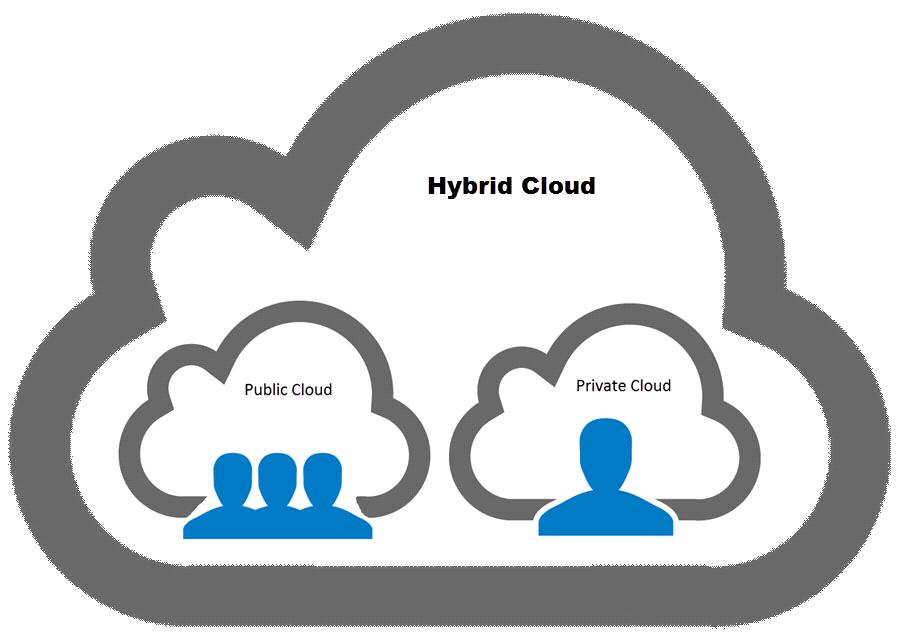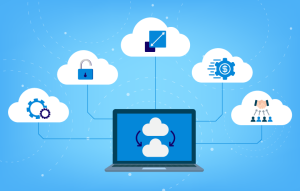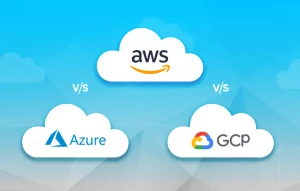When a property is bought or sold, every square meter of that real estate is accounted for. This holds true for the newest virtual estate in our lives, the cloud. The most part of this century has seen an exponential rise in cloud computing. Big companies are offering cloud space to the public by the boatloads. An individual is entitled to a few gigabytes of storage with a free signup depending on the Cloud Service Provider (CSP), above which he or she can pay for more space.
So what if you are not a small business? What if you are on your way to becoming an enterprise? When should you consider a cloud service? Depending on the nature of your business, employing a cloud based strategy will need some research. Let us start with the types of cloud services that are available.
Public Cloud
A public cloud is one where various users and / or businesses connect to the cloud as a service for saving, retrieving, or transferring of data. From a single user or a small business perspective, public cloud services are well laid out and they offer multiple features and cross functionality. Examples are, Amazon Web Services, Google Drive, Apple iCloud, Dropbox, Microsoft OneDrive, among others.
Public Cloud Systems are highly scalable, but , the security depends on the measures that the provider implements. The performance is good as most of these providers heavily invest into their infrastructure to be able to offer these services. The reliability depends on two important factors which are, internet connectivity and CSP availibility. Costs are low since it is offered as a service with a pay-as-you-go model which entails no hardware cost.
Private Cloud
A private cloud is one where users of a particular company or business essentially connect to the cloud for similar results. The biggest difference here is that these are generally on-premise, and thus provide greater control and security compared to public cloud services. Examples are, any establishments setting up an in-house cloud solution.
Private Cloud Systems offer limited scalability but they provide utmost security and performance since all your data and hardware equipment, related to the cloud, remains on-premise. This ensures no internet dependency and eliminates any latency issues. The drawback comes with the cost as it requires on-premise resources such as data storage space, airconditioning, which involve an initial cost, and eventually become an ongoing expense with a further need of maintenance.

Hybrid Cloud
This brings us to the amalgamation of the two basic types of cloud based services which is unsurprisingly known as Hybrid Cloud. As the name suggests, hybrid cloud is a combination of public and private cloud systems that is primarily setup on a private cloud which then leverages the public cloud as and when needed. It enhances the public and private cloud systems and eliminates their individual drawbacks.
There are two requisites to having a hybrid cloud, which are public and private cloud systems. It is fairly easy to setup a public cloud account, but it is no secret that setting up a private cloud is expensive, as mentioned above.
The beauty of a hybrid cloud is that it necessitates data requirements by switching between private and public clouds. Sensitive functions are allocated to the private cloud to maximize security whereas other functions are sent to the public cloud to maximize the efficiencies that are offered by public CSP’s. This ensures your organization saves on storage space, on the public cloud, for non-sensitive data.

Hybrid cloud also offers an application deployment model known as Cloud Burst, which basically means that the system can allocate resources to the public cloud in case of high volume during a specific period. It is a solution that employs a best-of-both-worlds scenario.
If your business involves sensitive and user data exchange, then a hybrid cloud solution is meant for you. This is a long term approach where you will put in resources right now and bear its fruits in the not-so-distant-future. A cloud based strategy is also part of automation, which is a key concept for most businesses operating in this age. If your business still runs on legacy systems, it is time to evaluate the tremendous power of the cloud.
Conclusion
With so much activity in cloud space and the participation of technological heavyweights in offering these services, we can be assured that the cloud is here to stay. On top of that, the hybrid cloud model shows us that even when it doesn’t rain, it pours!
Image Source: tutorialspoint.com









